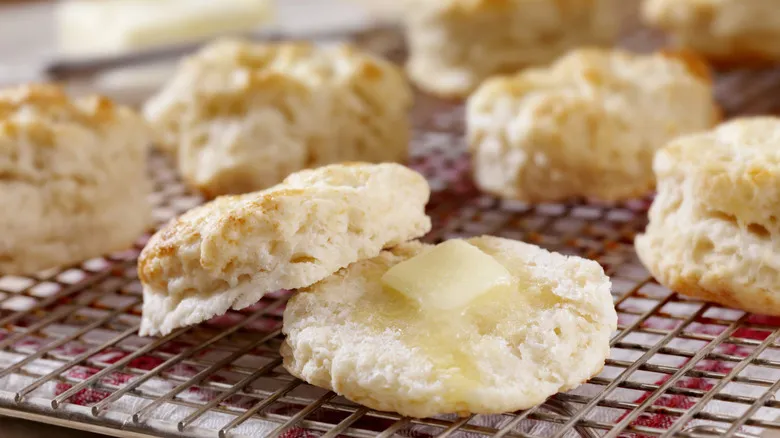Keeping it cold
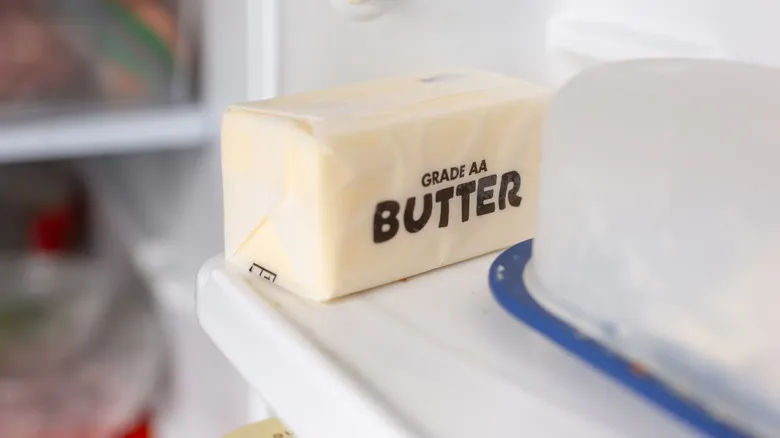
When you're getting ready to make biscuits, ensure your butter is as cold as possible. Avoid taking it out of the fridge until you're ready to mix it with your flour. Cut the butter into small pieces and use your hands or a pastry blender to combine it with the flour, being careful not to overwork the dough. Keep in mind that this method allows for the butter to melt into the dough, which negates the advantages of using cold butter.
To maintain the coldness of your butter, consider placing a stick (or two) in the freezer overnight. This will help keep it cool enough to prevent melting into your dough. However, frozen butter can be challenging to cut into smaller pieces. Instead of cutting, use a box grater to shred it into fine pieces. This technique promotes a more uniform dough, resulting in flaky, soft, and buttery biscuits. If your butter has softened during the mixing process, you can always refrigerate your uncooked biscuits before baking. This will help firm up the butter and relax the gluten in the dough, leading to a more tender final product.
The science of biscuits
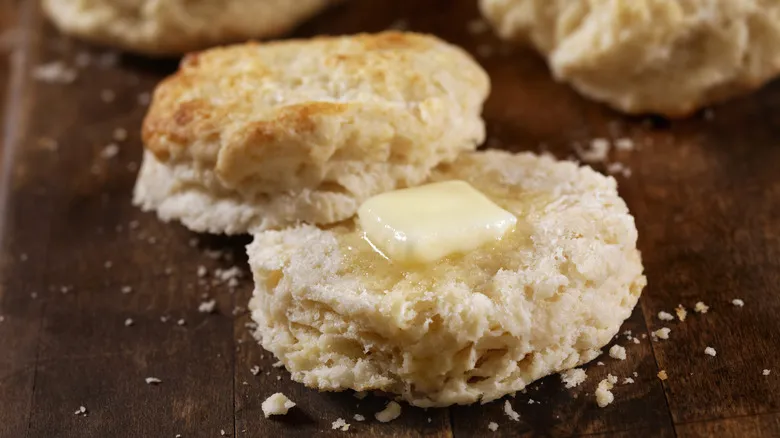
Incorporating cold butter into baking is a well-established technique. Many baked items, including croissants and pie crusts, also rely on cold butter for the lamination process. This involves folding butter into the dough multiple times to create layers that transform into a flaky, buttery pastry when baked. While most biscuits aren't laminated, the way butter is loosely mixed into the dough creates similar effects. These clusters of butter in biscuit or croissant dough generate steam in the oven due to the water content in the butter. As the water vaporizes, it creates air pockets that develop into the layers or "flakes" in your baked goods. If the butter is not cold, it will blend into the flour, preventing air pockets from forming, resulting in a denser, flatter, and tougher biscuit.
However, using cold butter is not the sole secret to achieving a soft biscuit. Buttermilk, a common ingredient in biscuit recipes, is also an excellent choice for softening the dough. Like cold butter, buttermilk serves as a mild leavening agent due to its fat and acid content. Additionally, it imparts a delightful tangy flavor to your biscuits that may be absent if you only use cream. Combining buttermilk with frozen butter can elevate your baked treats while ensuring a tender center.
Recommended

The Banana Bread Gordon Ramsay Says Is So Good 'It Makes You Curse'
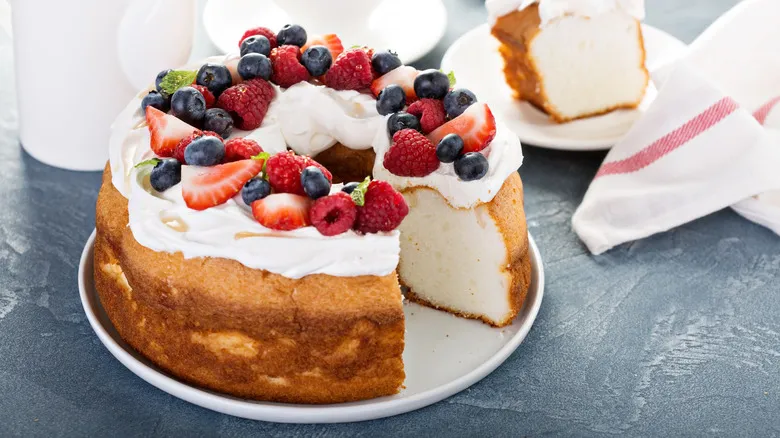
Make Angel Food Cake So Much Easier With One Extra Ingredient
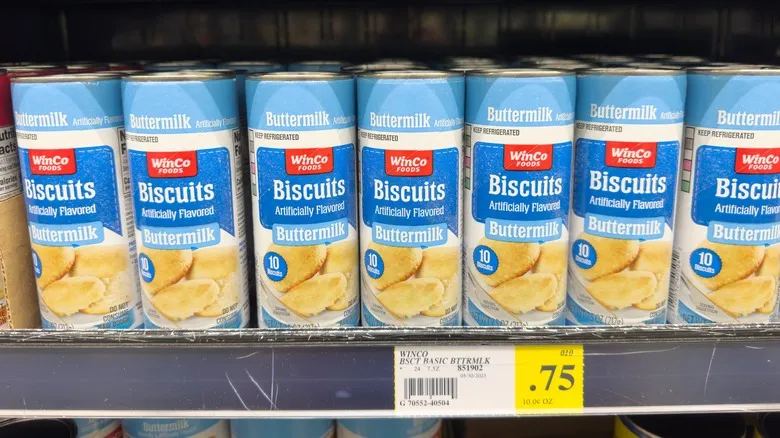
For The Best Canned Biscuits, Skip The Oven
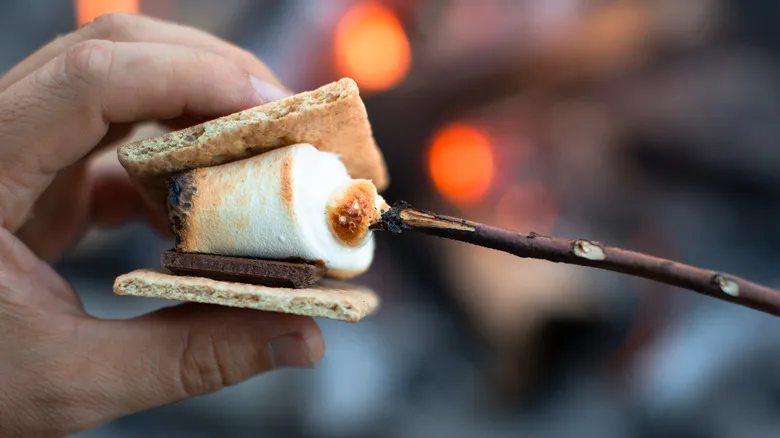
Make Your S'mores A Little More Interesting With One Simple Swap
Next up

